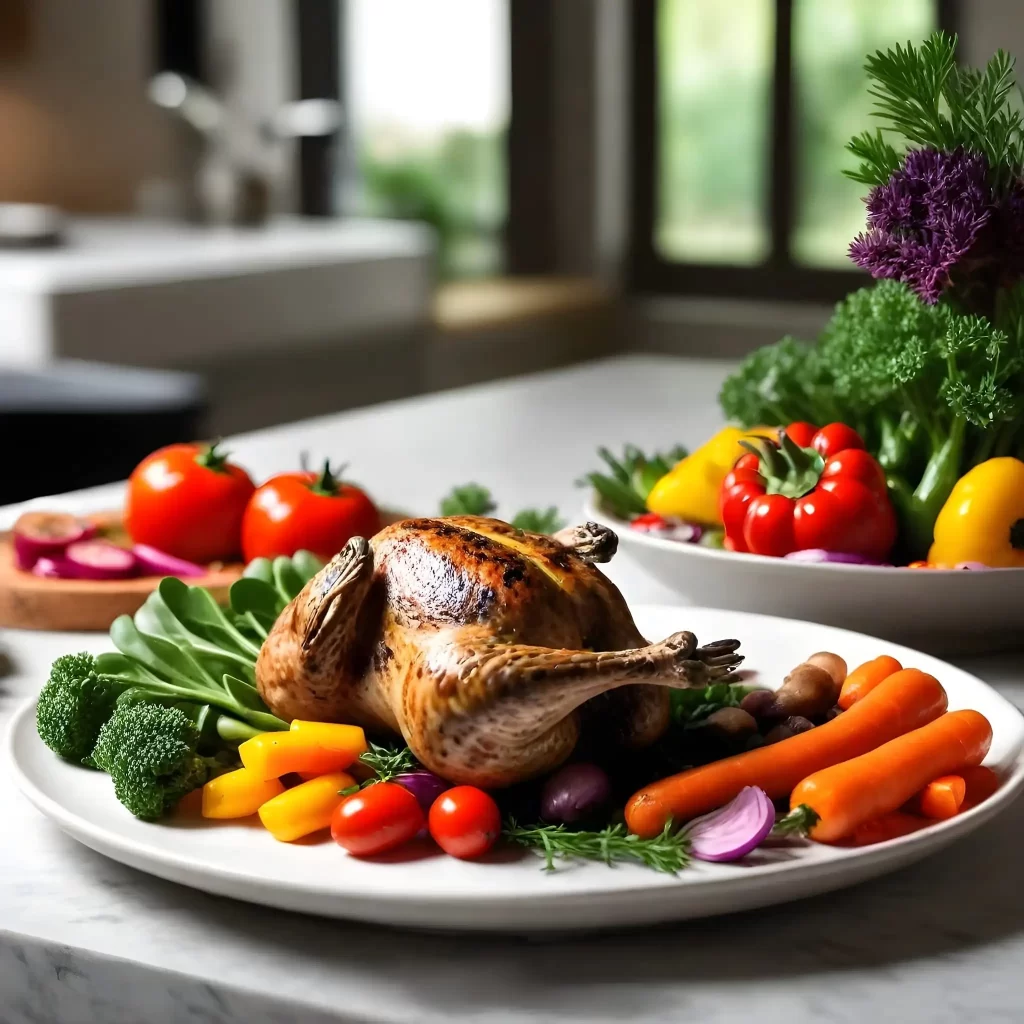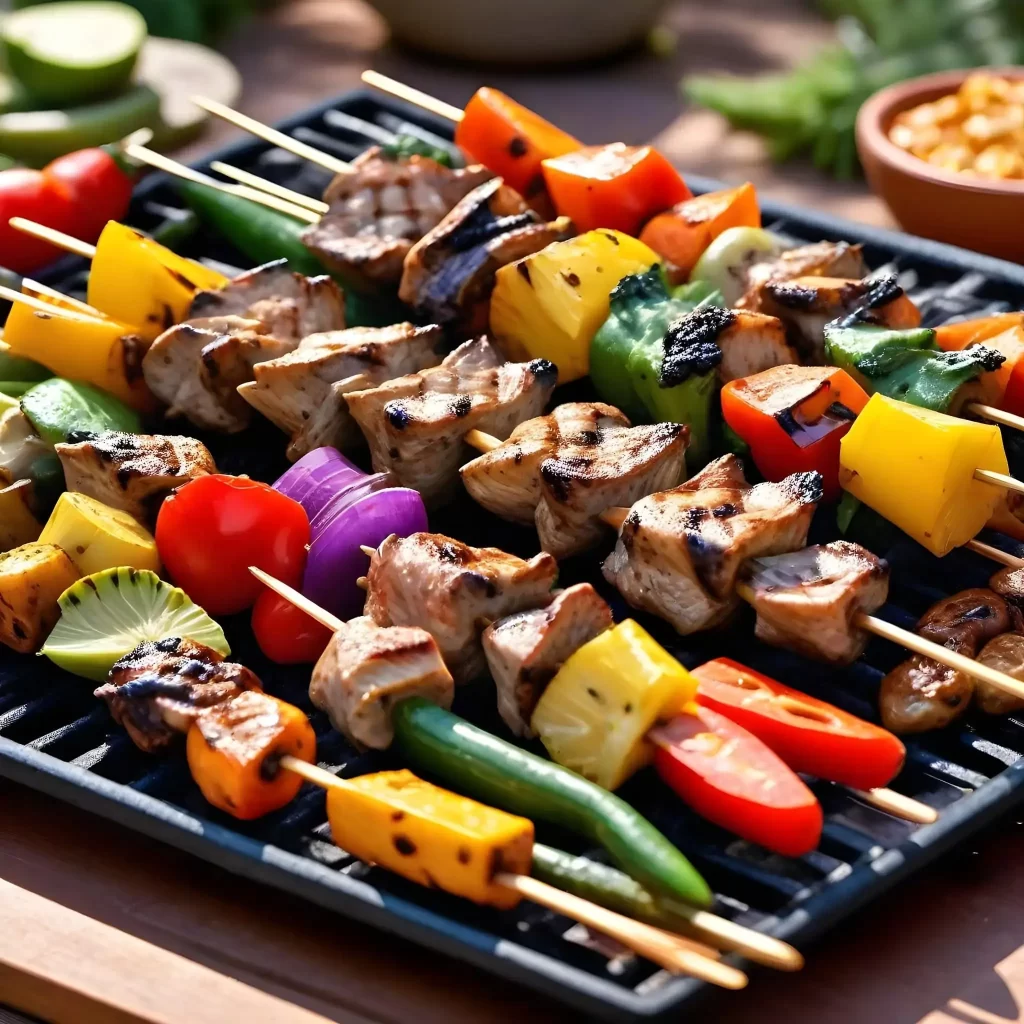Welcome to the comprehensive guide to quail, a versatile and nutritious poultry choice that caters perfectly to athletes and health enthusiasts alike. Explore the numerous health benefits, its impact on athletic performance, culinary versatility, and much more.
Quail: The Ultimate Guide to Health, Performance, and Culinary Delight
Health Benefits:
- High Protein Content: Quail is packed with protein, essential for muscle repair and growth.
- Low in Fat: With lower fat content compared to other meats, quail provides a lean protein source.
- Rich in Vitamins and Minerals: Quail is abundant in essential nutrients like iron, zinc, and B vitamins, crucial for overall health and energy metabolism.
- Omega-3 Fatty Acids: Quail contains omega-3 fatty acids, promoting heart health and reducing inflammation.
Athletic Performance:
- Enhanced Recovery: The protein content in quail aids in faster muscle recovery post-exercise.
- Sustained Energy: Quail provides a steady release of energy, ideal for maintaining performance levels during training sessions and competitions.
- Lean Muscle Maintenance: Its low-fat profile supports lean muscle development without adding unnecessary calories.
Quail Compared to Other Meat:
Quail stands out among other meat options due to its distinct flavor, texture, and nutritional profile. Unlike chicken and turkey, which are more commonly consumed, quail offers a unique dining experience appreciated by food enthusiasts and athletes seeking variety in their diets.
- Flavor and Texture: Quail meat boasts a delicate, slightly gamey flavor with a tender and succulent texture. This distinct taste sets it apart from the more ubiquitous chicken and turkey, adding a gourmet touch to any dish.
- Fat Content: Quail contains less saturated fat and cholesterol compared to beef and lamb, making it a heart-healthy alternative without compromising on taste or texture. This lower fat content appeals to athletes and fitness enthusiasts aiming to maintain a lean physique while optimizing their nutritional intake.
- Convenience and Cooking: Quail’s smaller size makes it convenient for individual servings and quicker cooking times compared to larger poultry options. Whether grilled, pan-seared, or roasted, quail adapts well to various cooking methods while retaining its moisture and flavor.

Different Parts of the Quail:
Quail offers a range of cuts, each with its own unique characteristics and culinary applications. Understanding the different parts of the quail allows for versatile cooking options and the creation of diverse, flavorful dishes tailored to individual preferences.
- Breast: The breast meat of quail is prized for its tenderness and mild flavor. It cooks quickly and evenly, making it ideal for grilling, pan-searing, or roasting. Quail breasts can also be stuffed with savory fillings for an elegant presentation.
- Legs and Thighs: Quail legs and thighs offer slightly darker and more flavorful meat compared to the breast. They are well-suited for slow cooking methods such as braising or stewing, allowing the meat to become tender while absorbing rich flavors from seasonings and sauces.
- Wings: Quail wings are small yet packed with flavor, making them a popular choice for appetizers and finger foods. They can be marinated, grilled, or fried to crispy perfection, offering a delightful combination of texture and taste.
- Offal: Quail offal, including the liver and heart, provides a concentrated source of nutrients and a robust, earthy flavor. These organ meats can be sautéed, grilled, or incorporated into hearty stews for added depth and complexity.
Ways to Enjoy Quail:
- Grilled: Marinate quail in herbs and spices, then grill for a smoky and flavorful dish.
- Pan-Seared: Quickly sear quail in a hot pan for crispy skin and juicy meat.
- Roasted: Roast quail with seasonal vegetables for a comforting and nutritious meal.
- Skewered: Thread quail onto skewers with veggies for a tasty and portable option perfect for post-workout refueling.

Nutritional Information:
| Nutrient | Amount per 100g (Breast) | Amount per 100g (Legs/Thighs) | Amount per 100g (Wings) | Amount per 100g (Offal) |
|---|---|---|---|---|
| Protein | 21g | 19g | 18g | 18g |
| Fat | 3g | 5g | 6g | 4g |
| Carbohydrates | 0g | 0g | 0g | 0g |
| Iron | 1.5mg | 2mg | 1.2mg | 3mg |
| Zinc | 2.5mg | 3mg | 2mg | 2.5mg |
| Vitamin B12 | 0.8mcg | 1mcg | 0.7mcg | 1.2mcg |
| Omega-3 | 0.2g | 0.3g | 0.2g | 0.4g |
FAQs:
Q: Is quail meat difficult to cook?
A: Quail is relatively easy to cook, with most recipes requiring minimal preparation and short cooking times due to its small size.
Q: Can I substitute quail for other meats in recipes?
A: Yes, quail can be used as a substitute for chicken, turkey, or even some cuts of red meat in various recipes to add a unique flavor twist.
Q: Where can I buy quail meat?
A: Quail meat is available at many specialty grocery stores, butcher shops, and online retailers. It’s also commonly found in upscale restaurants and gourmet markets.
Q: Is quail meat expensive?
A: While quail can be slightly more expensive than chicken or turkey, its unique flavor, nutritional benefits, and versatility make it a worthwhile investment for health-conscious individuals and culinary enthusiasts alike.